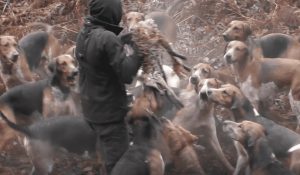
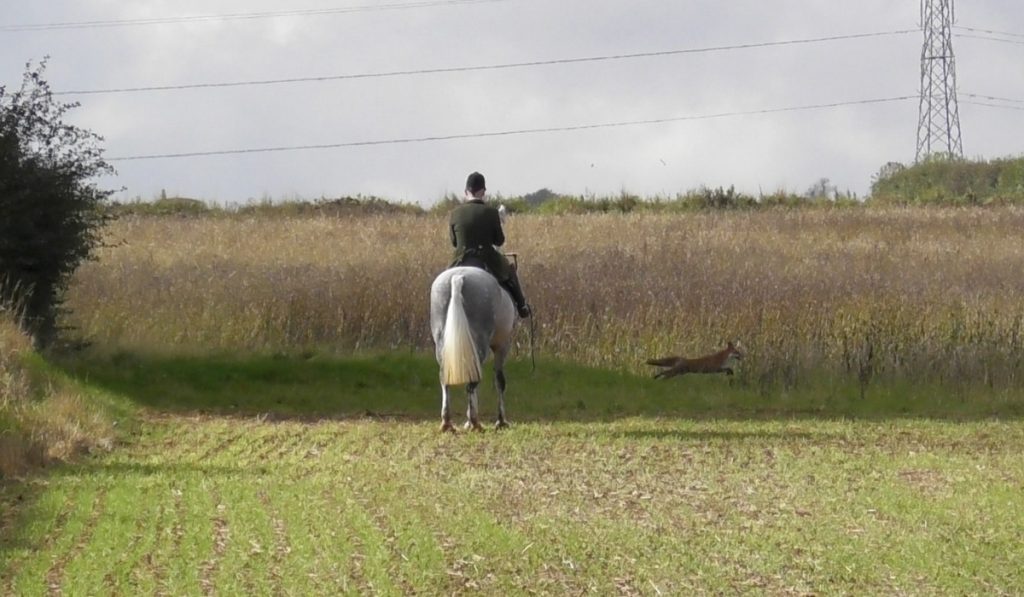
The vixen looks up, startled by a sudden noise. Alert now, she gathers her young cubs and moves swiftly toward her den. It’s dawn and she is just returning after a night’s feeding. Her cubs are just over four months old — still playful and dependent on her for food, but gradually becoming more independent.
Suddenly, she hears the terrifying cry of hounds – they have picked up her scent and are in pursuit. Panicked, she ushers her cubs into the den and waits, hoping the hounds will pass by. Then a loud, high-pitched noise rings out and the sound of the hounds intensifies. She considers whether she can escape the copse that is her home, but it is surrounded by humans on horseback. They slap their saddles and shout. She is trapped. Desperate now, she contemplates her only hope of saving her cubs: leading the hounds away in an attempt to draw them off.
This vixen and her cubs are being targeted in ‘Cubbing’ or ‘Autumn Hunting’ – a secretive and brutal practice that hunts don’t want you to know about. We speak with the HSA’s Tactics Officer to uncover the truth behind it, and importantly, what you can do to help stop it.
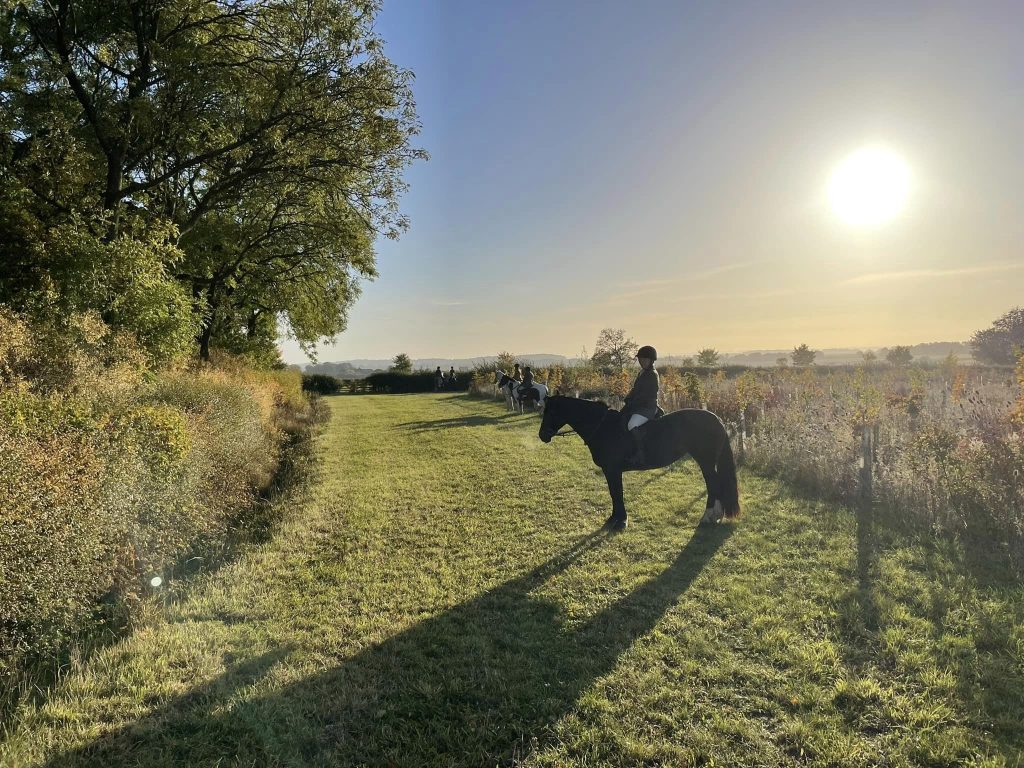
Cubbing is an activity where hunts train new, young hounds in the pack to kill foxes. In recent decades the hunting fraternity has rebranded this activity as ‘autumn hunting’.This is an attempt to sanitise the reality of the activity, which is the systematic hunting and killing of young foxes born in the spring.
It usually takes place very early in the morning at first light or sometimes in the early evening. This is so the temperature is low enough for acceptable scenting conditions before the sun can burn off the scent during the warmer months. Hunts will find a suitable covert, this could be a copse or a patch of rough ground where there is cover or even maize fields or similar – anywhere they are likely to find groups of young foxes. Some hunts will have these already marked in the summer where they may have artificial earths in place purely for this reason.
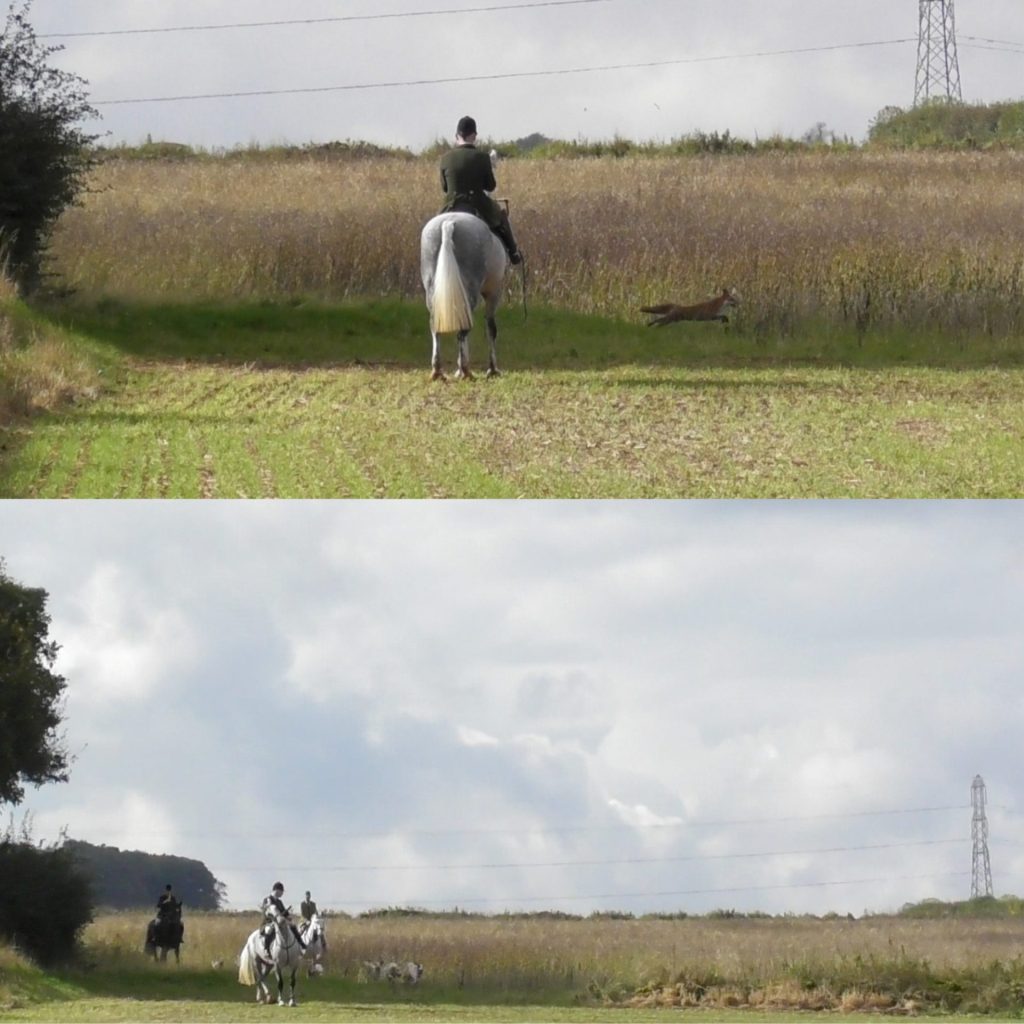
Cubbing will usually involve the most hardcore riders from the hunt and of course the usual hunt staff and terrier men. Due to the nature of the activity it is always kept low key and secretive.
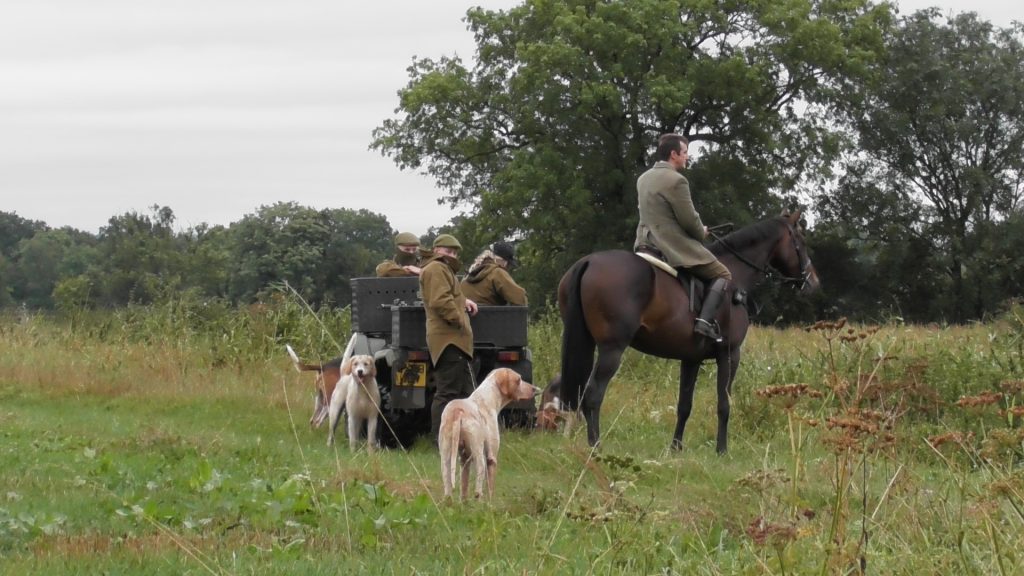
Riders and supporters on foot will surround a covert, making noise and slapping their saddles. This is to try and prevent the young foxes from escaping by creating a wall of noise to scare them back into the hounds who will be hunting inside. Adult foxes will often be left to escape so they can be hunted later on in the main season. You may see someone with a bird of prey, however – like trail hunting – this is just another #smokescreen. Pretending to flush to a bird of prey as per the Falconry Exemption in the Hunting Act is complete nonsense – a mere flight of fancy!
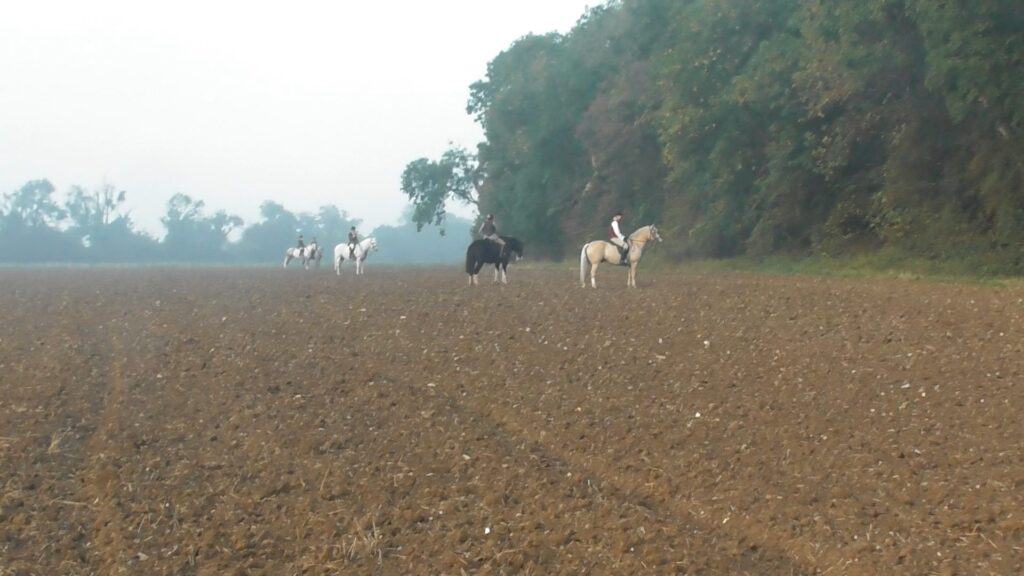
The main purpose is the training of hounds to kill foxes, to get them used to what killing foxes is all about and making sure they behave in a way that the huntsman wants them to. Those hounds who don’t show any real interest will be singled out and disposed of, that is, killed. Hounds who make too much noise, no noise or those that chase after non-target species are also likely to meet their end. Sab disruption of cubbing activities can have a major impact on the pack for the rest of the season, as the hounds wouldn’t have received the correct training. It’s highly likely that their effectiveness will be significantly reduced.
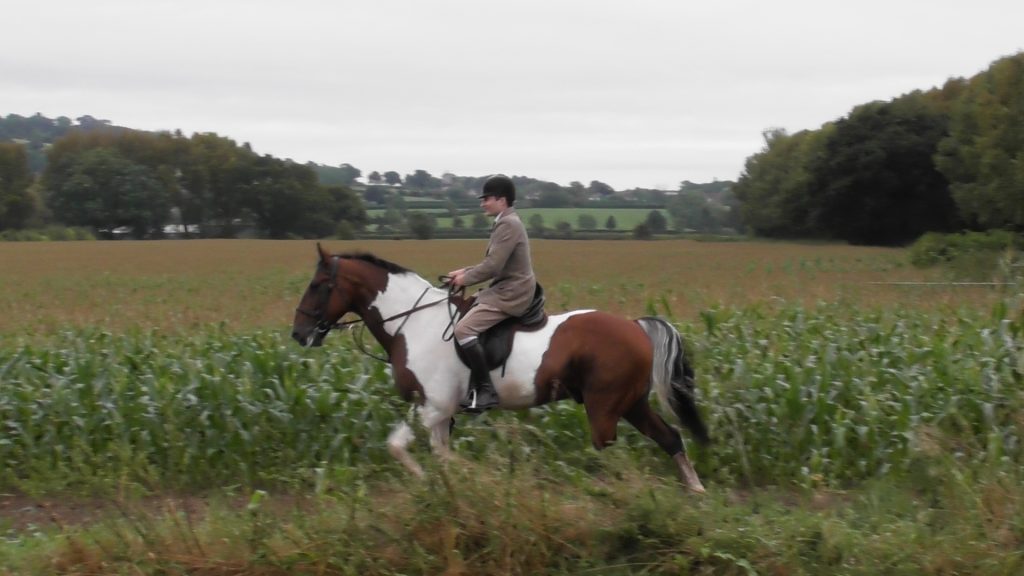
No. There are no exemptions in the current legislation which allow for this activity.
Far more foxes are killed during cubbing than any other part of the season. As the foxes have yet to disperse and search for their own territories there are likely to be groups in a single covert so several could be killed in just a couple of hours by just one hunt. With hunts doing this all over the country you can see the potential number of deaths possible.
Contact your local sab group or call the HSA Hotline number immediately on 07443 148 426 with an accurate location and description of what you’ve seen. You could also contact your local police wildlife or Rural Crime Team – at the very least it’s worth reporting.
Cubbing is a cruel practice hidden in the shadows. But awareness is growing. By staying informed, sharing our news and joining the HSA to support local hunt sab groups, you can help protect foxes like this vixen and her cubs from a grim fate.
We are the only organisation that works directly in the field to save wildlife through direct action.
| Cookie | Duration | Description |
|---|---|---|
| cookielawinfo-checkbox-analytics | 11 months | This cookie is set by GDPR Cookie Consent plugin. The cookie is used to store the user consent for the cookies in the category "Analytics". |
| cookielawinfo-checkbox-functional | 11 months | The cookie is set by GDPR cookie consent to record the user consent for the cookies in the category "Functional". |
| cookielawinfo-checkbox-necessary | 11 months | This cookie is set by GDPR Cookie Consent plugin. The cookies is used to store the user consent for the cookies in the category "Necessary". |
| cookielawinfo-checkbox-others | 11 months | This cookie is set by GDPR Cookie Consent plugin. The cookie is used to store the user consent for the cookies in the category "Other. |
| cookielawinfo-checkbox-performance | 11 months | This cookie is set by GDPR Cookie Consent plugin. The cookie is used to store the user consent for the cookies in the category "Performance". |
| viewed_cookie_policy | 11 months | The cookie is set by the GDPR Cookie Consent plugin and is used to store whether or not user has consented to the use of cookies. It does not store any personal data. |